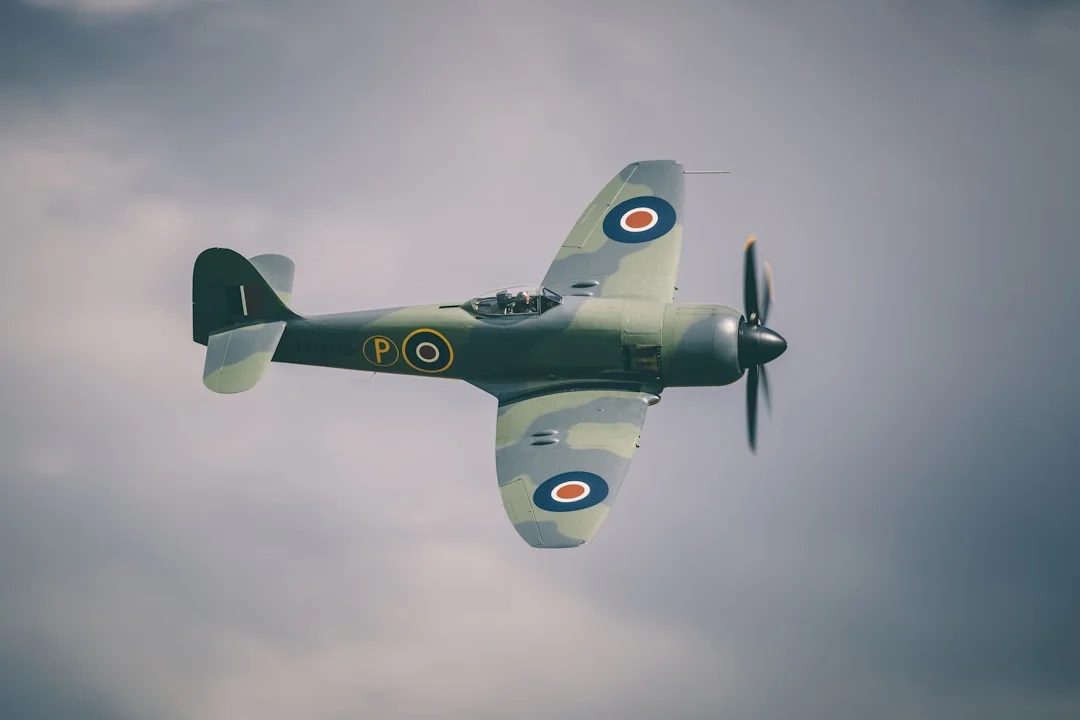The Flight Path Vector (FPV), often referred to as the “Bird” on the Airbus A330 aircraft, is a critical tool used by pilots for precise flight control and navigation. It is an indicator that provides real-time visual representation of the aircraft’s flight path relative to the horizon. This allows pilots to accurately monitor the aircraft’s attitude and trajectory during various flight phases, including takeoff, climb, cruise, descent, and landing.
The FPV is displayed on the Primary Flight Display (PFD) in the cockpit and is represented by a small symbol resembling a bird that moves along a curved line. The bird’s position on the display corresponds to the actual flight path of the aircraft, indicating whether it is climbing, descending, or maintaining level flight. This valuable information aids pilots in maintaining the desired flight profile and avoiding any potential deviations from the intended flight path.
Contents
The Importance of Flight Path Vector
The Flight Path Vector (Bird) plays a crucial role in providing situational awareness to pilots, enabling them to make informed decisions and execute precise maneuvers. Here are some key reasons why the FPV is essential:
The FPV as an Attitude Indicator
One of the primary functions of the Flight Path Vector (Bird) is to serve as an attitude indicator, also known as the pitch and bank reference. It provides pilots with an instant visual reference of the aircraft’s orientation relative to the horizon, helping them maintain the desired pitch and bank angles. This is especially crucial during critical phases of flight, such as takeoff and landing, where precise control of the aircraft’s attitude is essential for safety.
The FPV displays the pitch angle by its position above or below the horizon line. When the bird is above the line, the aircraft is in a nose-up attitude, and when it is below the line, the aircraft is in a nose-down attitude. Additionally, the bank angle is indicated by the position of the wings of the bird. If the wings are level, the aircraft is in a wings-level attitude, and if they are tilted, the aircraft is in a banked attitude.
In combination with other flight instruments, such as the Artificial Horizon and the Attitude Director Indicator (ADI), the FPV helps pilots maintain precise control over the aircraft’s attitude and fly it within safe limits.
The FPV as a Flight Path Reference
As the name suggests, the Flight Path Vector (Bird) also serves as a reference for the aircraft’s flight path. It provides pilots with valuable information regarding the aircraft’s trajectory, allowing them to track and adjust the flight path as necessary.
The position of the bird on the display indicates whether the aircraft is climbing, descending, or maintaining level flight. If the bird is above the horizon line and moving upwards, the aircraft is in a climb. Conversely, if the bird is below the line and moving downwards, the aircraft is in a descent. When the bird is on the horizon line, the aircraft is flying level.
This information is crucial for maintaining the desired altitude and vertical profile during different phases of flight. It allows pilots to make accurate adjustments to their power settings and control inputs to stay on the planned flight path.
The FPV for Avoiding Deviations and Flight Planning
The Flight Path Vector (Bird) also helps pilots identify and correct any deviations from the intended flight path. By monitoring the bird’s position in relation to the desired flight path, pilots can quickly detect any discrepancies and take corrective actions.
During flight planning, the FPV can be used to visualize and assess the feasibility of different flight paths and approaches. It assists pilots in understanding the impact of various factors, such as wind conditions and altitude restrictions, on the aircraft’s trajectory. This aids in making informed decisions and selecting the optimal flight path to minimize fuel consumption, optimize route efficiency, and enhance passenger comfort.
Conclusion
The Flight Path Vector (Bird) on the Airbus A330 is an invaluable tool for pilots, providing real-time visual representation of the aircraft’s attitude and flight path. It serves as an essential reference for maintaining precise control over the aircraft’s orientation and trajectory. By using the FPV, pilots can fly with increased situational awareness, avoid deviations from the intended flight path, and make informed decisions to optimize flight planning.
For More: What is EEC on Airbus A330? (Electronic Engine Computer)




